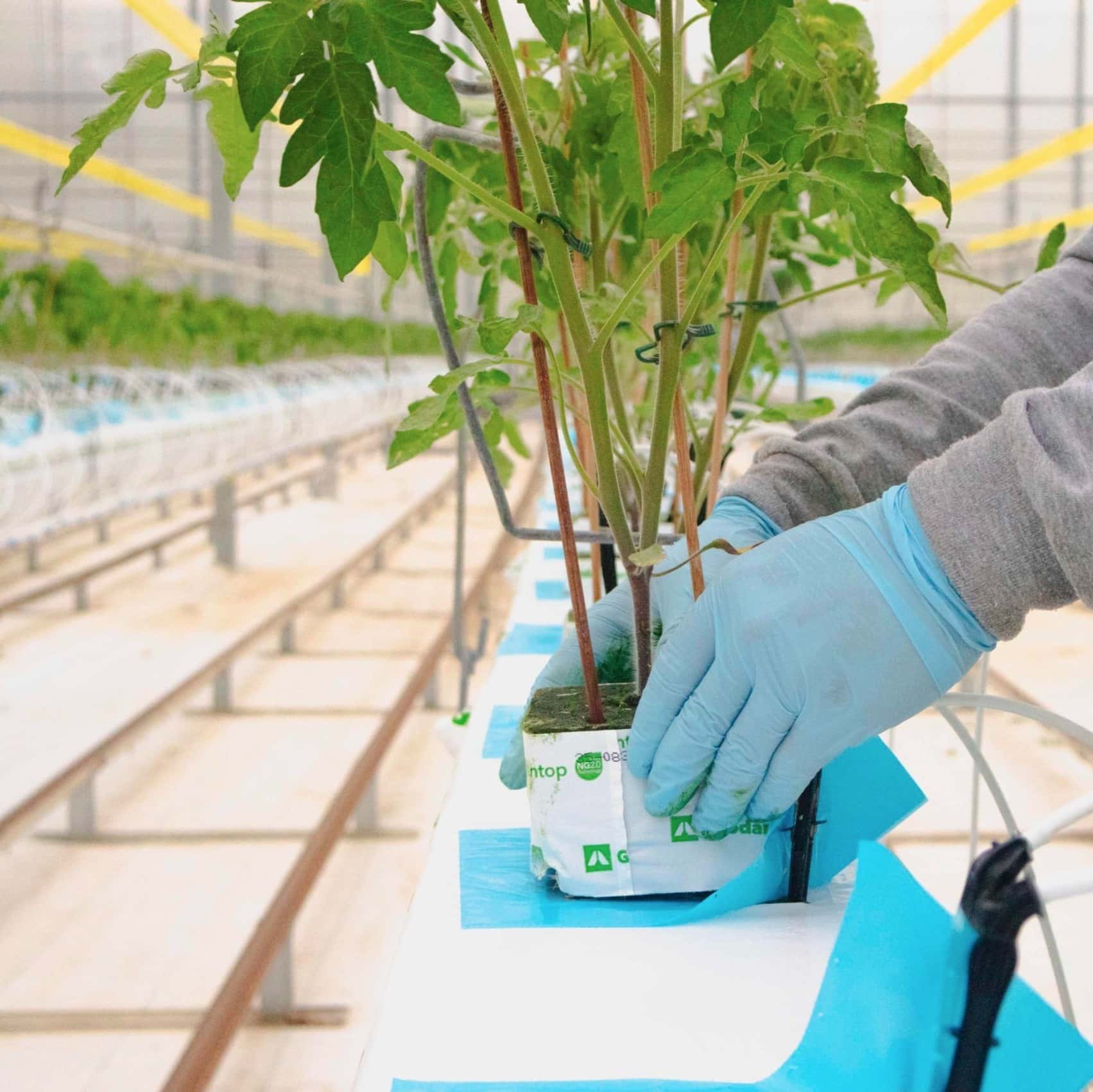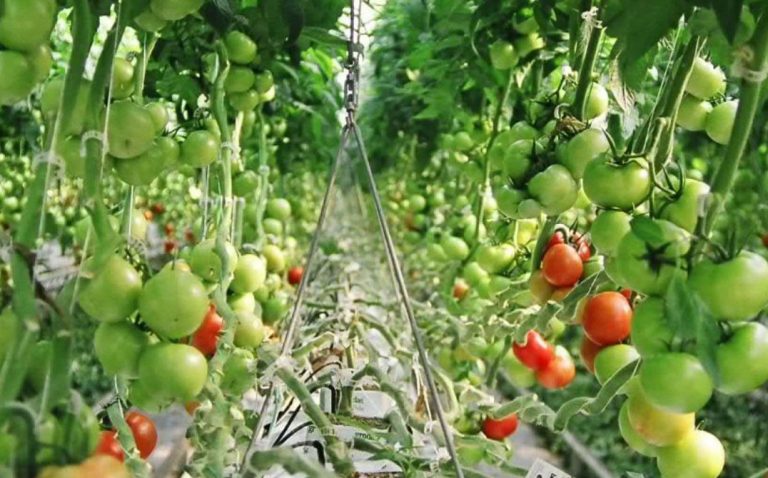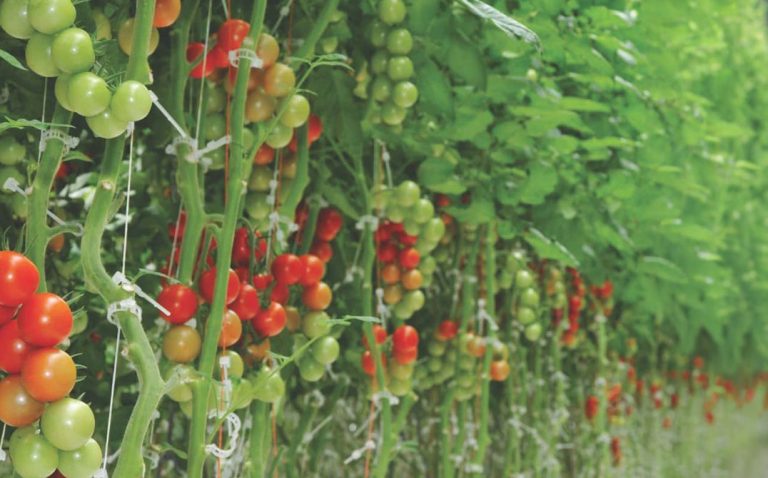Supporting Greenhouse growers goes far beyond making a healthy and smart shopping choice—it’s a direct investment in your health, your community’s resilience, and the planet’s long-term sustainability. Supporting Greenhouse vegetable growers means supporting healthy eating and sustainable produce. These growers, operating within controlled environments just minutes from where their produce is consumed, are reshaping the food system to be fresher, cleaner, and more ecologically sound. At a time when industrial agriculture faces increasing scrutiny for its environmental impact, sustainability practices and health concerns it’s important to consider the key factors that make Greenhouse grown vegetables the healthy smart choice.
One of the most immediate reasons to support Greenhouse growers is the enhanced nutritional value of their produce. Vegetables begin losing vitamins and minerals the moment they’re harvested. Greenhouse grown vegetables are picked at their peak, packaged and delivered within 24 hours. Greenhouse produce is grown close to home and reaches consumers within hours or days—not weeks—of harvest, meaning more of the original nutritional value and flavor is preserved. The result is full of flavor and refreshing produce that’s richer in essential vitamins and antioxidants.
Beyond nutrient retention, Greenhouse grown food often contains fewer pesticide residues. Many Greenhouse operations rely on integrated pest management (IPM) like bumble bees and ladybugs, biological controls, and enclosed growing systems to reduce or eliminate the need for synthetic chemicals. Because pests and pathogens are easier to manage in a controlled environment, growers can maintain healthy crops using fewer chemical inputs. This leads to consistent quality peppers, cucumbers and tomatoes.
From an environmental standpoint, Greenhouse growing is a powerful tool for lowering agriculture’s carbon footprint. One of the biggest contributors to Greenhouse gas emissions in the food industry is transportation. By supporting closer-to-home Greenhouse operations, consumers help eliminate the need for long-haul shipping, refrigerated trucking, and complex storage logistics—all of which contribute to unnecessary emissions and waste. Greenhouse grown vegetables are shipped fresh to ensure consistent quality and flavor.
Water conservation is another major advantage of Greenhouse systems. Many Greenhouses use 100% closed-loop drip irrigation systems or hydroponics, which drastically reduces water waste. These systems deliver nutrients and moisture directly to plant roots with precision, using up to 90% less water. In regions facing water scarcity, this method of growing is not just efficient—it’s essential for long-term agricultural sustainability.
Supporting Greenhouse growers also protects and revitalizes regional biodiversity. Greenhouse operations can grow diverse varieties of vegetables without disrupting surrounding ecosystems. This means you can shop your favorite flavorful mini peppers, grape tomatoes and cocktail cucumbers all season long. Many of these growers intentionally cultivate heirloom, heritage, or specialty crops not typically found in supermarkets, helping preserve plant diversity and enhance dietary variety for consumers.
Another benefit is food system resilience. Greenhouse growing is immune to many of the weather challenges such as drought, floods, soil degradation, and extreme weather. With climate change intensifying these threats, Greenhouse systems act as a buffer, ensuring that communities have access to consistent, high-quality produce regardless of global supply chain disruptions.
On a community level, supporting Greenhouse growers contributes to economic health and job creation. These businesses often employ local workers and participate in growers markets. This localized approach fosters relationships between growers and eaters, building a food system based on trust, transparency, and shared values. Consumers are not just buying vegetables—they’re investing in people who are committed to environmental responsibility and public health.
Food waste is another area where Greenhouse growing excels. Greenhouse growers typically grow produce to order and distribute locally, minimizing waste throughout the process. Greenhouses use precise advanced growing systems in order to grow vegetables uniform in shape, size and quality to minimize food waste.
Even the packaging of Greenhouse grown vegetables tends to be more sustainable. With fewer intermediaries involved, there’s less need for heavy-duty plastics or long-haul durability measures. Many growers use minimal or compostable packaging, and some offer reusable container programs through CSA models. These efforts support a circular economy and reduce the environmental burden of single-use plastics, which pollute waterways and ecosystems at a global scale.
Supporting Greenhouse growers is one of the most impactful ways individuals can influence the food system. It leads to cleaner air and water, fewer chemical exposures, healthier meals, and stronger local economies. In doing so, it transforms the act of eating into a conscious, community-driven, and planet-friendly choice. Now thats something to feel good about!




